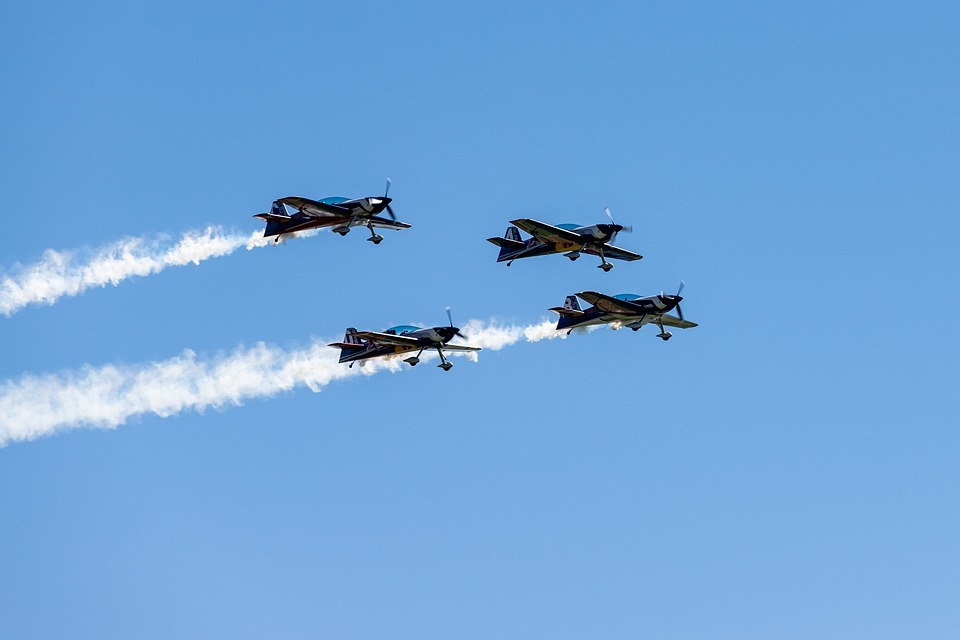Aerobatics is a form of maneuvering aircraft in altitudes that are not typically used in regular flights. Aircraft that are used in aerobatics are mostly made for recreation, training, sport, and entertainment. Most aerobatics stunts include rotation and spinning of the plane, and it is often combined to form a complete sequence for competition or entertainment purposes. In this article, we are going to discuss about exciting things.
What Kind of Aircraft is Used in Aerobatics?
To perform aerobatics correctly, you need to have the right aircraft which can handle the extra stress and G-Loading that the pilot will do while flying. The right aircraft for aerobatic needs to be able to endure at a minimum ±6G and up to ±10G. Normal or ordinary airplanes cannot do these high G maneuvers because they cannot handle the pressure, and it can cause to break up during flight if put under that kind of pressure.
How Does One Become an Aerobatics Pilot?
Aerobatics is considered to be one of the most extreme sports in the world. If you are interested in becoming an aerobatics pilot, the first thing you need to do is learn how to fly an aircraft. After that, you will get an aerobatic rating with either a commercial pilot license or a private pilot license. After earning either a CPL or PPL, you will have to learn and practice the stunts and maneuvers that aerobatic pilots do. Keep in mind that attaining an aerobatic rating also means that you can compete in competitions, teach other aspiring aerobatic pilots, and take passengers on an exciting ride.
How safe is aerobatics?
The most important thing to remember when doing aerobatics or simply flying an aircraft is putting your safety first. You face a ton of inherent risk when you’re doing complicated maneuvers at high speed. There are a handful of systems that you need to put into place to make sure that your flight and exhibition will be as safe as possible, from maintaining your aircraft or stunt plane to ensuring that your aircraft is maintained to the correct standards. It would be best if you put plenty of things into place to ensure that the flight is safe from the beginning to the end.
Even if aerobatics’ main point is for the pilot to take the aircraft into unusual height and unstable situations, you have to make sure that there won’t be any chance that you or a pilot won’t be trapped in an unusual position in space. Aside from this, there should also never be a time that the pilot will not have full control of the situation or the aircraft.
How Does One Recover From an Unusual Altitude?
As we mentioned, the main thing that the pilot will do when performing aerobatics is to take the aircraft into unusual situations then recover. One of the crucial things that a pilot should know is how to recover from altitude change. One of the everyday situations is when the aircraft has low airspeed and a high nose. If this is left unchecked, this situation will result in the aircraft stalling.
In order to recover from something, this scary is pretty straightforward. Keep in mind that most wing aircraft have a high amount of dynamic stability. This means that if the pilot removes their hands from the controls, the plane will try to return to a state of steadiness. When it comes from recovering from a stall, the pilot must point the aircraft’s nose down and rudder to balance the aircraft and spread full power. Do not worry because you will only need to hold it like this for just a few seconds. You can let it go once the aircraft gains enough speed again to be able to maintain level flight.
